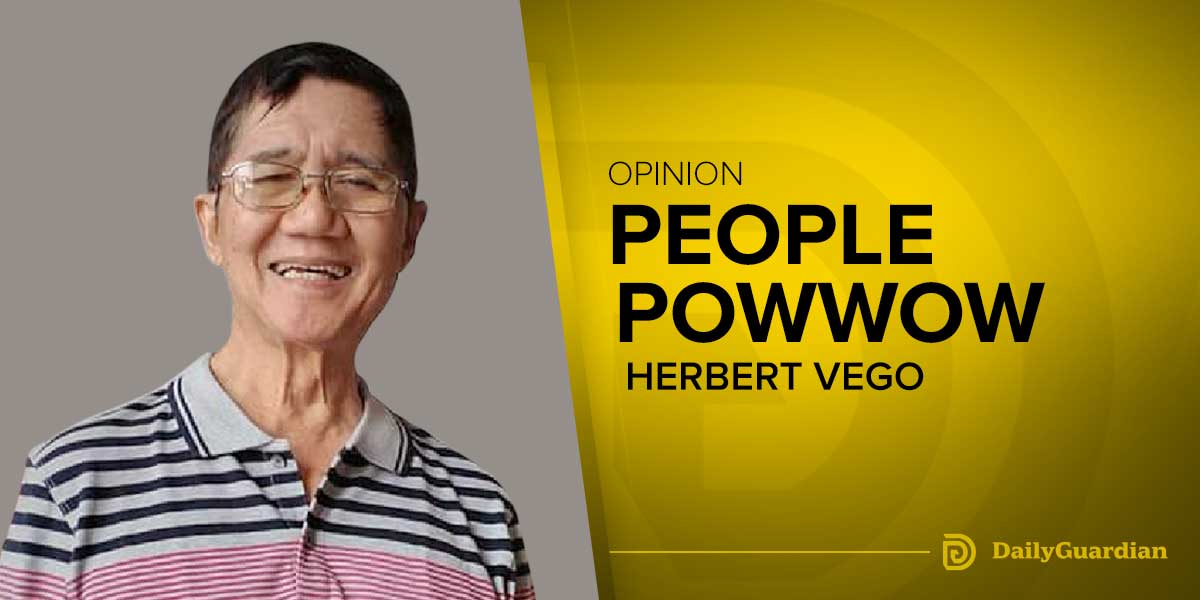
By Herbert Vego
DR. JOSE RIZAL has withstood the test of time as “the national hero of the Philippines.” This is understandable because of his unequalled reputation as a polymath, nationalist, and writer who played a crucial role in the country’s 333-year struggle for independence from Spain.
But others believe it’s Andres Bonifacio who deserves the unofficial title more.
Historian Teodoro Agoncillo argued that Bonifacio deserves it side by side with Rizal, that Bonifacio’s contribution is equal to Rizal because, without Bonifacio, no revolution would occur when it did. Whatever Bonifacio came up with, he was greatly influenced by Rizal.
The truth of the matter is that both could not have served a common end without the participation of other “national heroes.”
It is thus proper and fitting that we commemorate one day of each year as the National Heroes’ Day. Today (Aug. 26, 2024) falls on that day – a truly significant day to commemorate the beginning of the campaign for Philippine independence from Spanish occupation in 1896, or 128 years ago.
The holiday is celebrated every last Monday of August to afford students and workers the enjoyment of a long three-day weekend. It is therefore a timely coincidence that this year’s National Heroes’ Day falls on the exact date.
You see, it was on August 26, 1896 when Andres Bonifacio and his men met as a revolutionary society – the Kataastaasan, Kagalanggalangang Katipunan ng mga Anak ng Bayan (KKK) — to rip their “cedulas” or residence certificates into pieces in defiance of over 300 years of Spanish rule. That exact date appears in the autobiography “Mga Tala ng Aking Buhay” by Gregoria De Jesus, Bonifacio’s widow.
That event has gone in history under two interchangeable names, the “Cry of Balintawak” or “Cry of Pugad Lawin.” Balintawak is identified today as Caloocan City.
Some historians contend, however, that exact spot of the “cry” took place in the barn of Melchora Aquino (Tandang Sora) in Gulod, Barrio Banlat, Caloocan (now part of Quezon City).
Melchora Aquino (Tandang Sora), by the way, was a key figure in the Philippine Revolution who offered shelter and medical aid to Katipunan revolutionaries despite her old age.
Bonifacio and his Katipunan looked up to Rizal as their hero, having his portrait hung in their meeting hall and his name as a password.
The National Heroes Day transcends the Philippine Revolution against Spain. Much more than that, it is celebrated to honor those who helped lay the foundation of Philippine national identity and freedom. It affords us the opportunity to honor the heroes who fought for our independence not just from Spain but also from other foreign powers, namely the United States and Japan.
It was only at the end of World War II in 1945 that our country finally achieved full independence.
In 1995, President Fidel Ramos spearheaded the creation of a National Heroes Committee to recommend names who should be counted as “national heroes”. They submitted nine, namely Jose Rizal, Andres Bonifacio, Emilio Aguinaldo, Apolinario Mabini, Marcelo H. del Pilar, Sultan Dipatuan Kudarat, Juan Luna, Melchora Aquino, and Gabriela Silang.
As a result, all of them now have special days commemorating their lives and deeds.
We celebrate National Heroes Day with parades, events at local shrines, and fireworks displays, honoring the known and unknown heroes of the Revolution.
But why focus on heroes of the past? Why have we not realized that our oppressors were not limited to colonial rulers but are now our fellow Filipinos?
Once there was a Ninoy Aquino who fought against Ferdinand Marcos Sr. and martial law. He died hoping, “The Filipino is worth dying for.”
Ninoy, hindi ka nag-iisa.